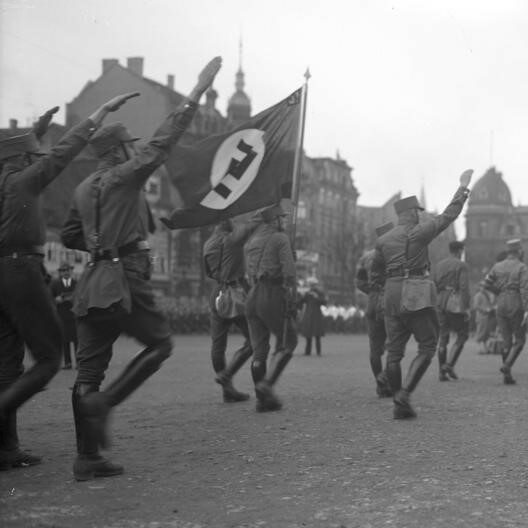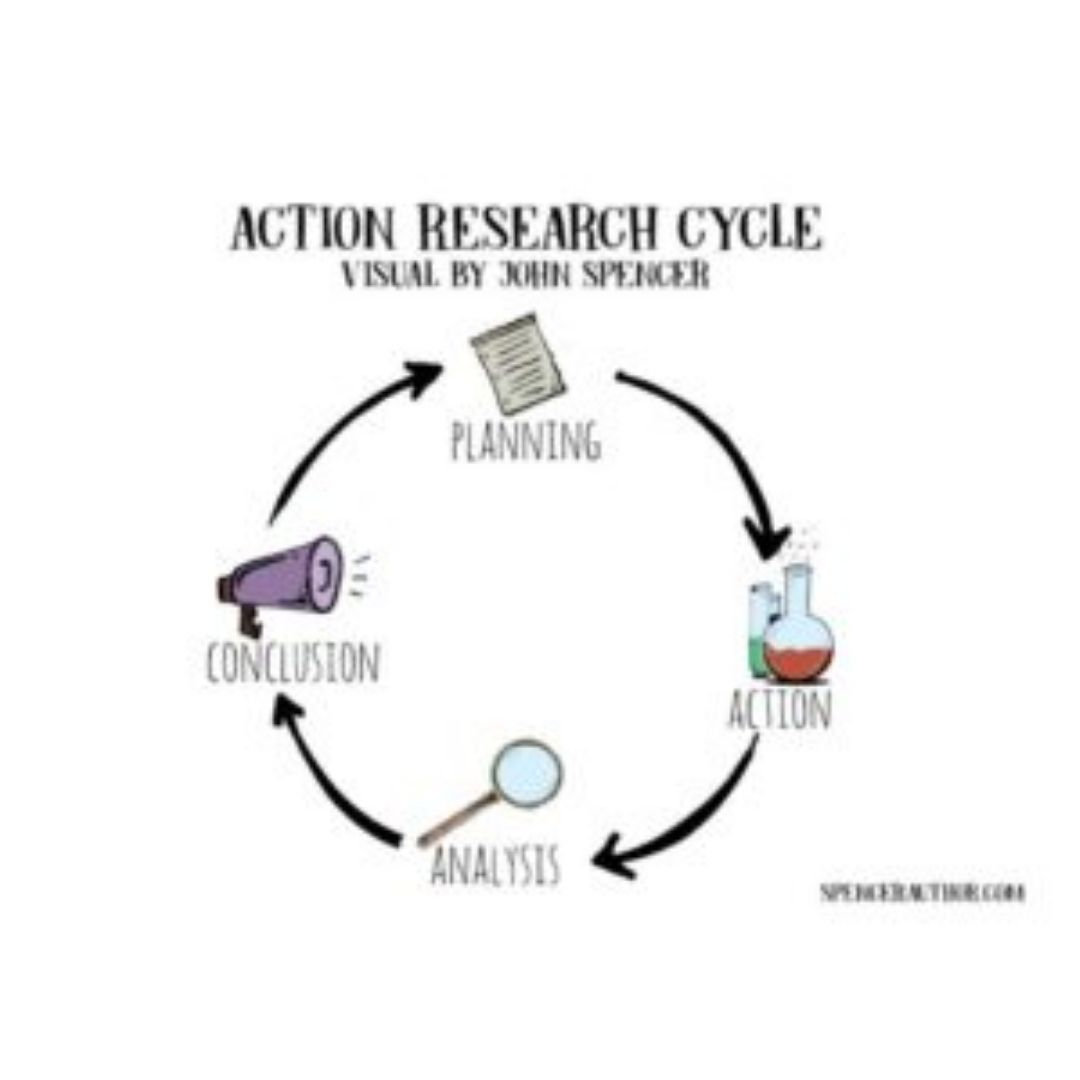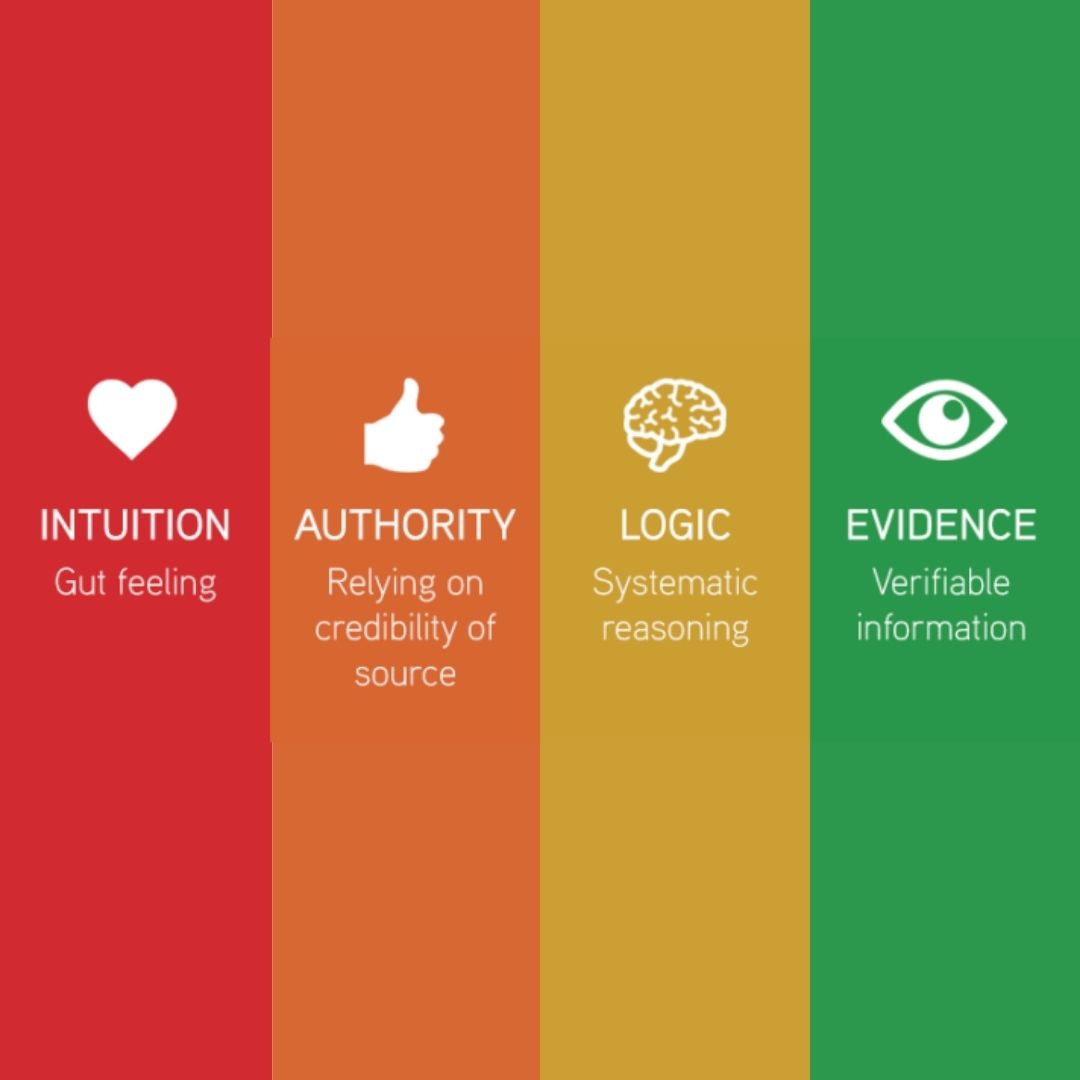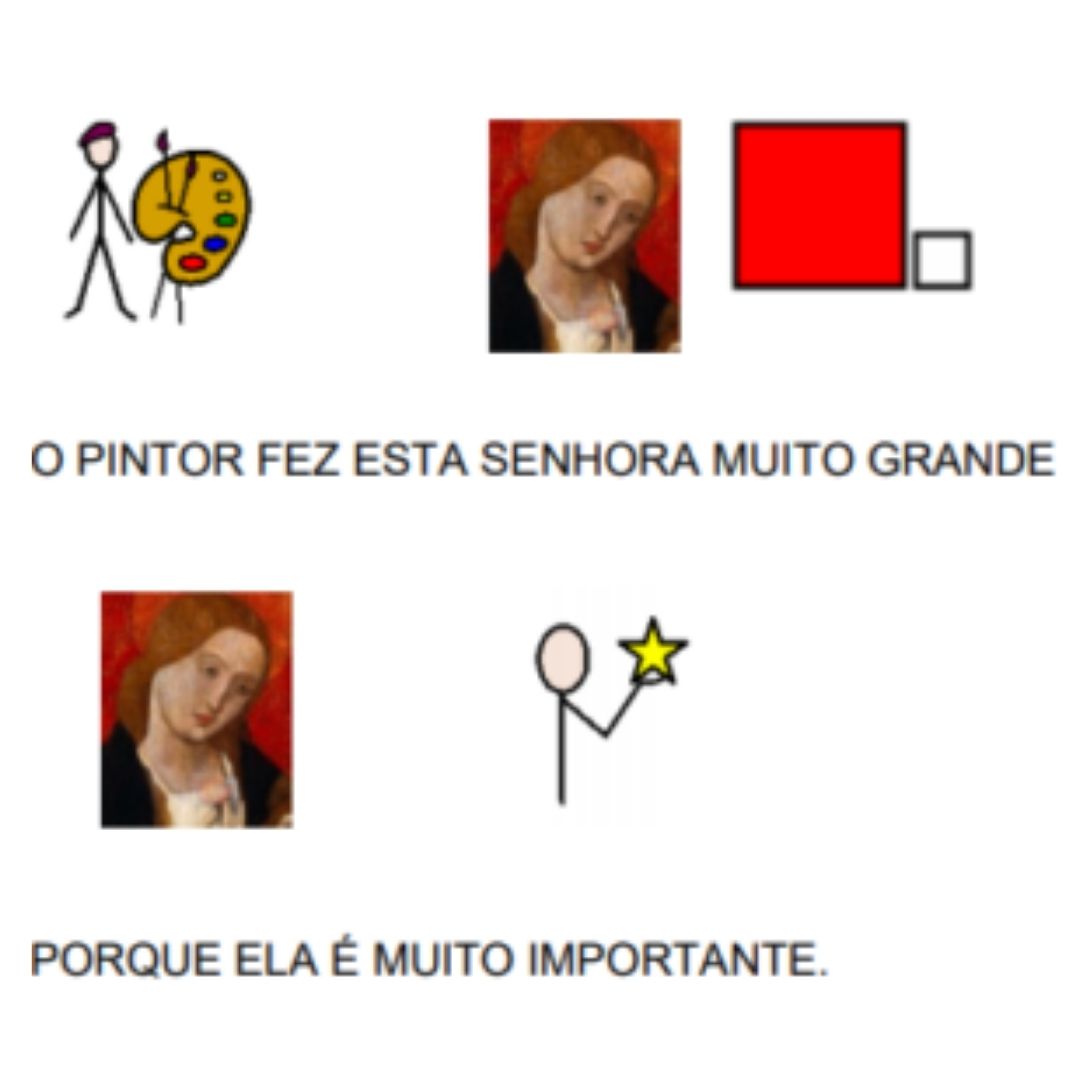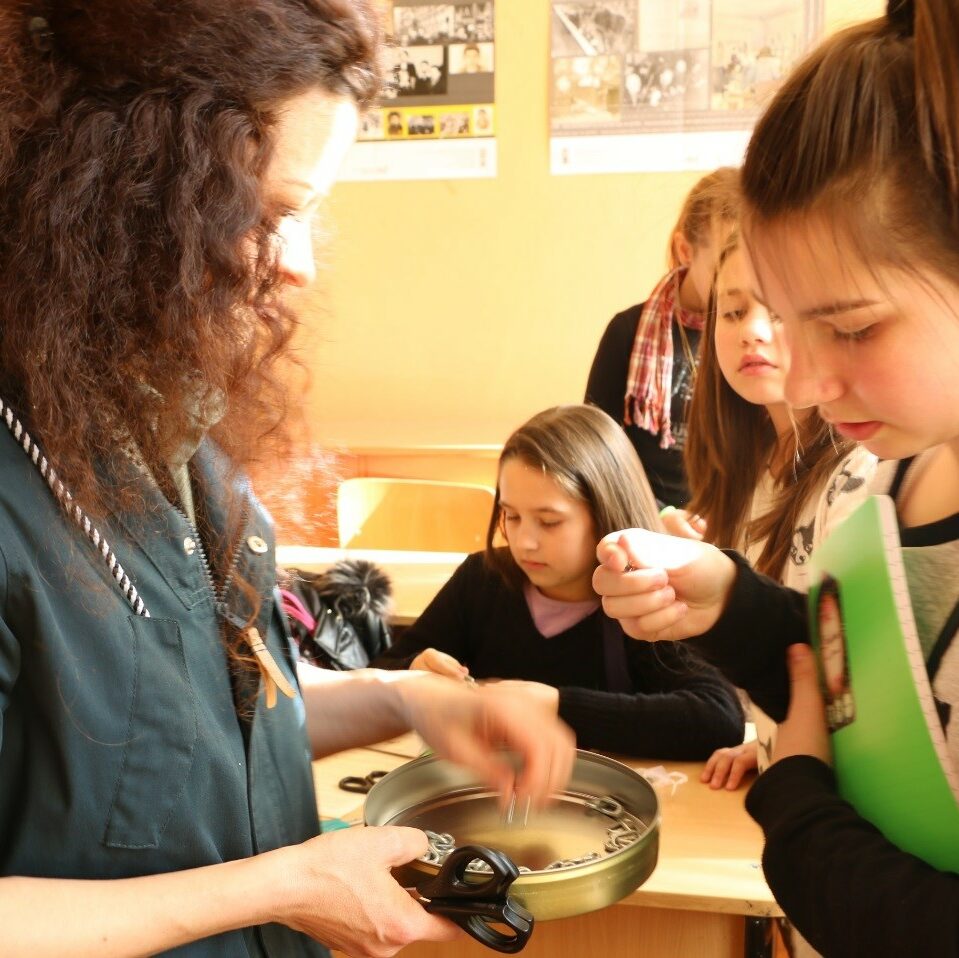In approaching historical events, students might encounter difficulties in understanding the fact that history is, sometimes, constructed, due to different cultural, personal, and time-related perspectives shaping historical narrations. This does often result in accepting single stories with respect to historical events, failing to recognise that different historical perspectives are constantly shaping history.
The Practice
The practice can be implemented with pupils aged 15-18, and it can be applied to various historical contents/topics. It is, however, advisable to apply it to contested topics or events. In her classroom, Patrizia discussed the First World War.
It is a practice that covers more than one “classic” (45 minutes) lesson, needing between 90 and 120 minutes.
At the beginning of the lesson, the teacher should clarify for all students what a Vlog is, possibly with the use of an example. Teachers should explain that a Vlog is a video blog: the video documentation on the web of a person’s life, thoughts, opinions, and interests. As this format is often used on YouTube and other video platforms, teachers could ask their students if they know any Vlog before showing them a Vlog they selected.
Then, the class is divided in groups, depending on the size of the class. In this phase, it is important that the groups are balanced, ideally containing the same amount of students each.
The classroom should be divided in at least one group of vlog hosts, and one for each different historical perspective. In her classroom, Patrizia created four groups, one of Vlog Hosts, one of those in favour of the War, one of those against, and one representing today’s perspective.
Then, the sources are distributed to the groups. Each group receives the source representing the perspective they are representing, with the exception of the group of vlog hosts, which receives all materials.
Each group is asked to work with its materials. In particular, the group of hosts will need to (1) prepare short descriptions for each group, and (2) prepare one relevant question that all other groups will have to answer to. The perspective groups, on the other hand, will need to (1) prepare a description of their position and (2) to discuss and answer the question proposed by the host group.
Once all groups feel sufficiently prepared, they mix up, so that now there are one host and one representative of each perspective in each group. With the use of either a camera or of one of their cell phones, each of the new groups video tapes their Vlog.
After all Vlogs are recorded, students come back in a plenary, and watch the Vlogs produced. Students are then asked to present some of the feedback for the Vlogs watched in plenary.
At the end of the practice, the teacher summarizes the results and highlights the (a) constructive character of history and (b) multiperspectivity of historical narrations. Then, students are asked to stand up and shake out their bodies, to symbolically “get out of their roles”.
Obstacles and lessons learned
When dividing the groups, teachers should bear in mind that groups should not be too big, otherwise some of the members are not enough engaged and prepared for the Vlog videotaping. Therefore, it is advisable to have groups of 4-5 students. If needed, having two groups of hosts, two groups for perspective A, etc., is preferable to having bigger groups. In addition to this, teachers should take into consideration students’ particular skills and abilities when dividing the groups: being an host, for example, requires to keep the discussion lively, and therefore it could be fit for extrovert students, or for introvert students who wish to ‘loosen up’.
Furthermore, the source material provided to groups must be of a high quality, and highly controversial. The specific perspective should be highly evident throughout the sources, so that students are able to build their arguments in an effective manner. In the case of Patrizia, she used a speech from Winston Churchill in favour of the war, a poem from Edward Thomas against the war, and an extract from an history textbook to represent today’s perspective on the war.
The effect of the practice
The use of History Vlogs helps in promoting students’ discussion and debating skills, together with their ability to work collaboratively. In addition, in contributes to the formation of pupils who are (1) aware of the construction character of history due to different cultural, personal, and time-related perspectives shaping historical narrations and (2) reluctant in accepting history as face value. They, on the contrary, would become curious and interested in the variety of perspectives which surround a common historical event.
About the interviewee
Patrizia Seidl works for an inclusive school in Germany which has many students from a various different migration backgrounds, as well as students with special needs in learning and behavioural problems.
Within the project Strategies for Inclusion, she has been a Special Interest Group Member for the group “Motivation and Learner Variability”.
Background to the project
Along with Hamburg University and the Council for Teacher Training in Hamburg, Patrizia wanted to broaden the horizon for inclusive education. They found that there is a lack of good practices which discuss most recent historical events.
Patrizia developed this approach in the context of wider research being conducted by Hamburg University on the development of Complex Learning Tasks and Scaffolding in order to professionalise teachers for working inclusively. The use of interactive timelines is just one of many scaffolding techniques that Patrizia uses with her pupils, together with, for example, the use of cards or of interactive timelines, both presented in this collection of practices.
An additional step
At the end of the practice, students can be asked to write down their own opinion, based upon their newly acquired knowledge, on the topic and content discussed in the Vlogs. In the case of Patrizia’s classroom, they have been asked: “based on what you’ve learnt during the lesson, comment on the situation at the beginning of World War I in Europe”.
Written by Alice Modena (EuroClio) on the basis of input provided by Patrizia Seidl in the framework of the project Strategies for Inclusion on 27 July 2018.

